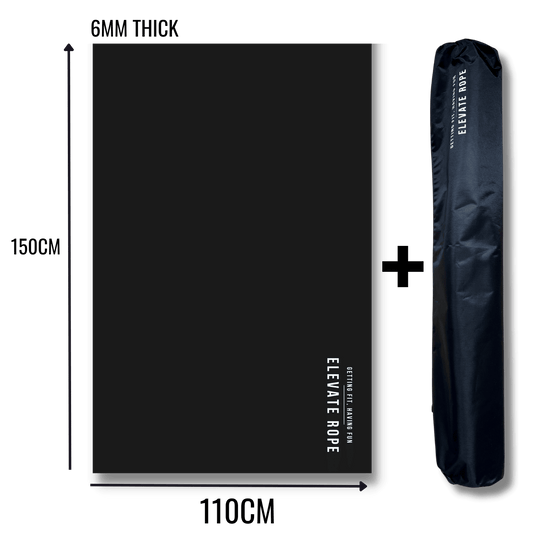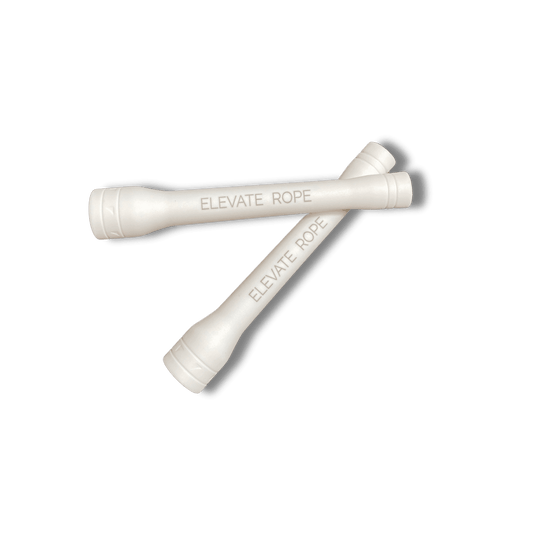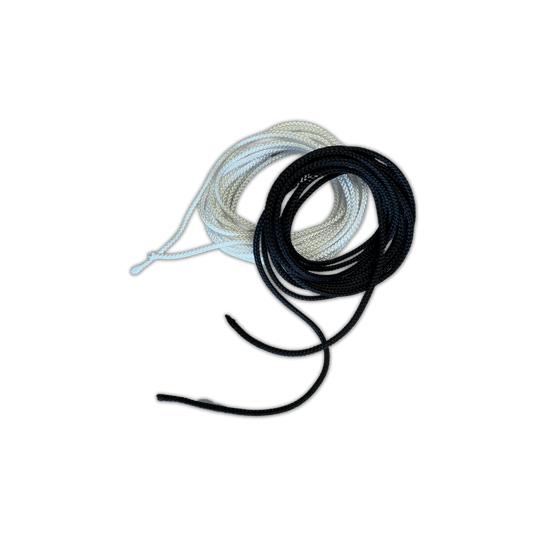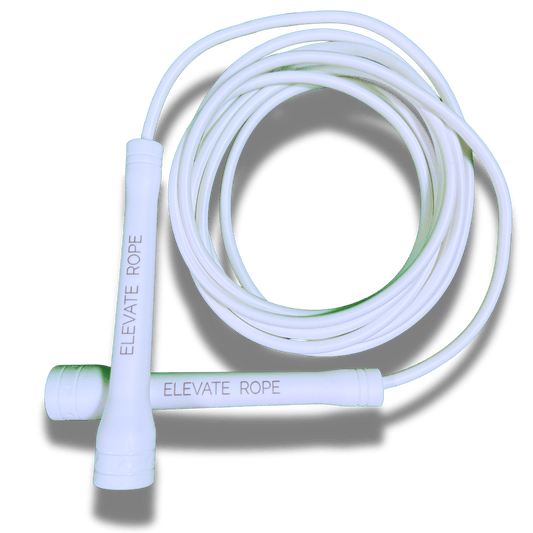A good workout should leave your muscles feeling challenged, but not injured. When shoulder pain lingers after exercise, it often signals that something isn’t right. The shoulder joint is one of the most mobile and complex structures in the body, allowing for a wide range of motion in nearly every direction. That flexibility makes it vulnerable to strain, overuse, and injury. Whether you’re lifting weights, swimming, or doing push-ups, even small mistakes in form can lead to discomfort. Understanding the possible causes of shoulder pain helps you address issues early, protect your joints, and avoid long-term complications.

When to Take Shoulder Pain Seriously
It’s common to feel mild soreness after an intense workout. Muscles may ache for a day or two as part of the normal recovery process known as delayed onset muscle soreness (DOMS). This type of discomfort typically resolves on its own. Sharp, persistent, or worsening pain should not be ignored. These symptoms may point to structural damage or inflammation within the shoulder.
In such cases, consulting a professional is crucial. Specialists can evaluate your symptoms and provide accurate diagnoses based on imaging or physical assessment. Many athletes and active individuals rely on orthopedic surgeons such as those at www.kevinkrusemd.com to identify underlying injuries and create treatment plans tailored to their needs. Early intervention prevents minor issues from developing into chronic problems that interfere with daily activities or performance. Recognizing the difference between normal soreness and injury-related pain is the first step toward safe and effective recovery.
Diagnosing the Root Cause
Identifying the precise cause of shoulder pain often requires professional evaluation. A physician will begin with a physical examination, testing the range of motion, strength, and tenderness. Imaging tests like X-rays or MRIs may be recommended to assess bone alignment and soft tissue integrity.
An accurate diagnosis allows for targeted treatment. For example, inflammation-related pain may respond well to rest and physical therapy, while structural damage such as a torn tendon may require more advanced intervention. Delaying diagnosis can prolong discomfort and increase the risk of worsening the injury, so seeking timely medical advice is crucial.
The Role of Rest and Recovery
One of the most effective ways to manage shoulder pain is through rest. Continuing intense activity while injured can aggravate tissue damage and delay healing. Rest doesn’t necessarily mean complete inactivity; light mobility exercises and stretches help maintain flexibility without overloading the shoulder.
Applying ice for 15–20 minutes several times a day reduces inflammation and swelling. After a few days, alternating heat therapy can promote blood flow and speed recovery. Over-the-counter anti-inflammatory medications may help relieve discomfort, but they should be used only as directed. Listening to your body and giving it time to heal is often the key to preventing long-term issues.
Physical Therapy and Rehabilitation
Physical therapy plays a vital role in restoring shoulder strength and mobility. Therapists design exercises that target weak or imbalanced muscles, helping to stabilize the joint. Strengthening the rotator cuff and scapular muscles enhances support and reduces the risk of reinjury.
Rehabilitation may include resistance band exercises, stretches, and controlled movements to improve flexibility. Therapists teach proper posture and movement patterns to minimize stress on the shoulder during workouts. Following a structured rehabilitation plan ensures safe recovery and long-term joint health.
Preventing Shoulder Pain in Future Workouts
Prevention begins before you start exercising. Proper warm-ups prepare the muscles and joints for movement, increasing circulation and flexibility. Dynamic stretches, like arm circles or shoulder rolls, activate key muscle groups. After workouts, static stretching helps maintain range of motion and reduces stiffness.
Form is equally important. Always prioritize technique over weight. Engaging the core, maintaining proper alignment, and avoiding excessive shoulder elevation prevent unnecessary strain. Incorporating balanced training that strengthens both pushing and pulling muscles ensures even development across the upper body.
Gradually increasing intensity and allowing rest days between heavy sessions give muscles time to recover. Overtraining leads to shoulder pain and can affect performance. Consistent attention to technique and recovery habits significantly lowers the risk of injury.
Ergonomic and Lifestyle Factors
Outside the gym, posture and daily habits play a major role in shoulder health. Sitting for extended periods at a computer or driving with slouched shoulders can tighten chest muscles and weaken the upper back. This imbalance contributes to shoulder discomfort during workouts.
Setting up an ergonomic workspace, with the monitor height aligned to eye level and shoulders relaxed, prevents strain. Regular breaks to stretch and adjust posture further reduce tension. Maintaining good shoulder mobility through light exercises like band pulls or wall slides can counteract the effects of sedentary routines.

Prioritizing shoulder health improves athletic performance and enhances quality of life. When you understand the causes and solutions behind workout-related pain, you can train smarter, stay consistent, and achieve long-term fitness goals without unnecessary setbacks. The right balance of care, discipline, and awareness keeps your shoulders strong and ready for whatever challenges lie ahead.














